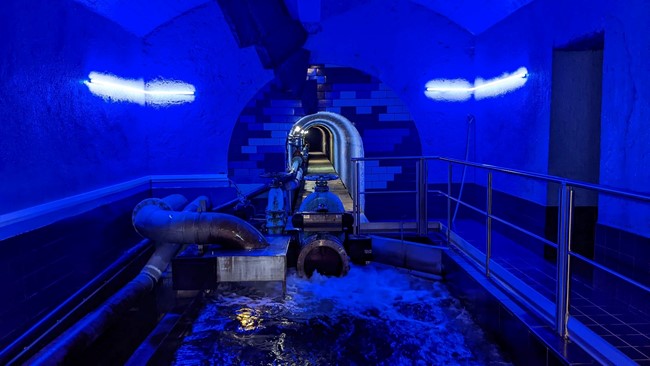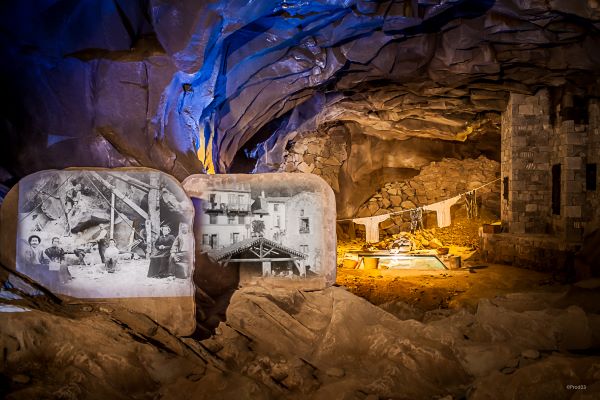VOLVIC SHARE
Projet VOLVIC SHARE
VOLVIC-SHARE- Sustainability of Hydrosystems in Auvergne : Recharge and Evolution, Volvic watershed
– defining the recharge of the system, its geographical distribution (local effects) and its evolution over the past few years on the basis of a revised and robust waterl budget (ESPERE® spreadsheet).
– proposing a hydrological model (GARDENIA®) of the Volvic aquifer system based on the use of more than 30 years of input data (precipitation, flow rates, ETP, withdrawals) which make it possible to establish the hydrological budget of the Volvic catchment and to constrain its evolution over time.
Funding : Agence de l’Eau Loire Bretagne (AELB), Département du Puys de Dôme (DDT63), Communauté d’agglomération Riom Limagne Volcan (RLV), Syndicat Mixte des Utilisateurs d’Eau de la Région de Riom (SMUERR)
Budget : €163,474.40
Coordination : Hélène Celle – helene.celle@univ-fcomte.fr ; Pierre Nevers – pierre.nevers@univ-fcomte.fr
Project duration: 24 months
Key words: hydrological modelling; water budget; resource management; anthropogenic pressure; climate change; future projections
Teams involved :
UMR 6249 Chrono-Environnement (CNRS, UFC) – Porteur
UMR 6174 FEMTO-ST (CNRS, UFC)
UMR 6282 BioGéoSciences (CNRS, UB)
UMR PAM, Procédés Alimentaires et Microbiologiques (AgroSup-Dijon, UB)
The project will be set up on sites belonging to UFC’s internationally accredited observation services: Jurassic Karst (SNO Karst, ZAAJ, IR OZCAR, IR ZA, eLTER) et AUVERWATCH (SNO H+, SNO RENOIR, IR OZCAR, eLTER, GNIP-AIEA).




